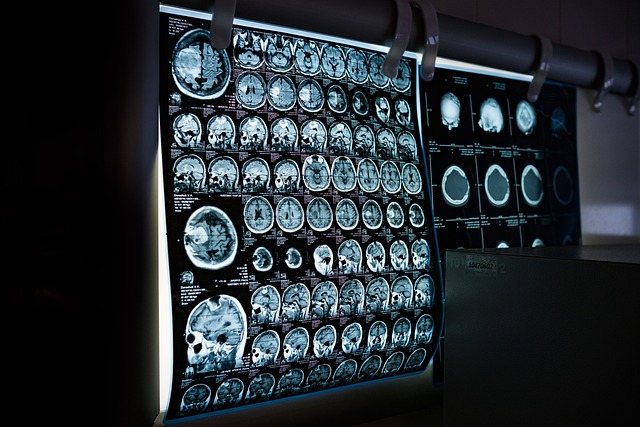Modern Liposuction: A Faster Way to Target Stubborn Fat in US
In the United States, excess belly fat is difficult to reduce through exercise alone. Modern liposuction techniques offer the ability to remove fat with minimal recovery time and increased precision. Whether liposuction is targeted at the abdomen, thighs, or other areas, the first changes can be noticeable early in the process

How do modern liposuction methods differ from traditional techniques?
Modern liposuction has come a long way since its inception. Today’s advanced techniques offer significant improvements over traditional methods. One of the most notable advancements is the use of tumescent liposuction, which involves injecting a solution of saline, local anesthetic, and epinephrine into the treatment area. This solution helps to numb the area, reduce bleeding, and make fat removal easier.
Another modern approach is ultrasound-assisted liposuction (UAL), which uses ultrasonic energy to liquefy fat cells before removal. This technique allows for more precise sculpting and can be particularly effective in fibrous areas like the upper back or male chest.
What are the most common areas targeted by fat-removal treatments?
Liposuction can be performed on various parts of the body where stubborn fat tends to accumulate. The most common areas include:
-
Abdomen and waistline
-
Thighs (inner and outer)
-
Hips and buttocks
-
Arms (particularly the upper arms)
-
Chin and neck
-
Back and bra line
These areas often resist traditional weight loss methods, making them ideal candidates for liposuction. The procedure can help contour these regions, creating a more balanced and proportionate body shape.
What should patients expect before undergoing liposuction?
Before undergoing liposuction, patients typically go through a comprehensive consultation process. This includes:
-
Medical history review: The surgeon will assess the patient’s overall health and any pre-existing conditions that might affect the procedure.
-
Physical examination: The surgeon will evaluate the areas to be treated and discuss realistic expectations with the patient.
-
Pre-operative instructions: Patients may be advised to stop certain medications, quit smoking, and adjust their diet in the weeks leading up to the procedure.
-
Anesthesia discussion: Depending on the extent of the treatment, the surgeon will determine whether local or general anesthesia is more appropriate.
-
Informed consent: Patients will be educated about the potential risks and benefits of the procedure before giving their consent.
How is the recovery process after modern liposuction?
Recovery from modern liposuction is generally faster and more comfortable than with traditional methods. Most patients can return to work within a few days to a week, depending on the extent of the procedure and the areas treated.
Immediately after surgery, patients may experience swelling, bruising, and discomfort in the treated areas. Compression garments are typically worn for several weeks to help reduce swelling and promote skin retraction. Light exercise, such as walking, is often encouraged to promote circulation and reduce the risk of blood clots.
Full results may take several months to become apparent as swelling subsides and the body adjusts to its new contours. However, many patients report seeing noticeable improvements within the first few weeks following the procedure.
What are the latest innovations in liposuction technology?
The field of liposuction continues to evolve with new technologies aimed at improving results and reducing recovery time. Some of the latest innovations include:
-
Laser-assisted liposuction: This technique uses laser energy to liquefy fat cells before removal, potentially resulting in less bruising and faster recovery.
-
Power-assisted liposuction (PAL): PAL uses a vibrating cannula to break up fat cells, allowing for more efficient removal and potentially reducing surgeon fatigue during lengthy procedures.
-
Water-assisted liposuction: This method uses a pressurized stream of water to dislodge fat cells, which may result in less trauma to surrounding tissues.
-
Radiofrequency-assisted liposuction: This technique combines traditional liposuction with radiofrequency energy to tighten skin while removing fat, potentially improving overall results.
How much does modern liposuction cost in the US?
The cost of liposuction can vary significantly depending on factors such as the treatment area, the amount of fat to be removed, the surgeon’s experience, and the geographic location. Here’s a general overview of liposuction costs for common treatment areas:
| Treatment Area | Average Cost Range |
|---|---|
| Abdomen | $3,000 - $8,000 |
| Thighs | $2,500 - $6,000 |
| Arms | $2,000 - $5,500 |
| Chin/Neck | $2,000 - $4,500 |
| Back | $2,500 - $6,000 |
Prices, rates, or cost estimates mentioned in this article are based on the latest available information but may change over time. Independent research is advised before making financial decisions.
It’s important to note that these figures are estimates and can vary widely. Many practices offer financing options to help make the procedure more accessible. Additionally, some patients may require multiple areas to be treated, which can affect the overall cost.
In conclusion, modern liposuction offers a faster and more precise way to target stubborn fat in various body areas. With advancements in technology and techniques, patients can expect improved results and shorter recovery times compared to traditional methods. While the procedure can be an effective tool for body contouring, it’s crucial for individuals to have realistic expectations and to choose a board-certified plastic surgeon with experience in modern liposuction techniques.
This article is for informational purposes only and should not be considered medical advice. Please consult a qualified healthcare professional for personalized guidance and treatment.




